The Pisco Sour is poured by Maria, my business partner’s wife and the quiet boss of a small empire of bars and restaurants. It is served in the living room, the windows cracked open, friends drifting in and out, the kids out of school. It has rained and something in the air has lifted. Then comes the coupe glass: perfectly chilled, capped in silken foam, dots of bitters shaped like a closing parenthesis. I’ve had Pisco Sours before. But this one makes sense.
In Peru, the drink is practically sacred, served at protests and presidential inaugurations alike
The ingredients shouldn’t work – harsh grape brandy, raw citrus, egg – but in the glass, they harmonize. Chocolate at the edge, grape in the middle, something like spring itself underneath. Not refreshing in the LaCroix sense, but fecund. Alive. South American, like it’s been filtered through jungle and stone.
And look at it. No over-the-top garnish, no sugar rim, no pipette of nonsense. Just balance. A drink that could have debuted last week at Brooklyn’s Long Island Bar and sparked a thousand imitators. But it didn’t. The Pisco Sour is a century old, born in a smoky Peruvian saloon during Prohibition, and it’s barely changed since.
Still, don’t let its understated nature fool you. Beneath that soft foam lies a border feud, a renamed city, embargoes, lawsuits and a cocktail so beloved it became a matter of national identity for two countries, each unwilling to let it go.
Victor Morris didn’t go to Peru to make cocktails – he went to build a railroad. A Mormon from Salt Lake City with a wooden leg and a gambler’s streak, he landed in the Andes in the early 1900s to work for the Cerro de Pasco Railway. But Lima got under his skin: the climate, the chaos and a local woman kept him there.
In 1916, he opened Morris’ Bar just off the city center, a wood-paneled refuge for expats dodging Prohibition. He served American classics, but when he swapped pisco for whiskey in a sour, something clicked. Someone – maybe Morris, maybe a young bartender such as Mario Bruijet, who worked at Morris’ – added egg white and bitters and the drink took off. By the 1920s, the Pisco Sour had graduated to hotel bars and high society. Morris didn’t live to see it. He died in 1929, broke and fading. His bar closed. His drink lived on.
The Pisco Sour didn’t stay in Lima. Like a catchy tune, it drifted – first to Peru’s provinces, then across the border to Chile. And that’s where the trouble began.
In Chile, the drink got a makeover. Egg white? Optional. Bitters? Passé. The proportions skewed sharper, sweeter – less opera house, more dance hall. It was still a Pisco Sour, but louder, brasher, like a cover band hitting the same notes with more reverb. Chileans loved it. Peruvians squinted.
The problem wasn’t just style. It was the spirit itself. Pisco, in Peru, is a craft –distilled once, no water added, from eight grape varieties grown in regulated regions. It’s complex, like a wine that’s been to therapy. Chilean pisco, distilled multiple times, is cleaner, punchier and often blended with water to smooth it out. Both are pisco, but they’re cousins, not twins. And when two countries claim the same drink, made with their own spirit, the question becomes: who owns it? Chile answered with geography. In 1936, it renamed a dusty mountain town Pisco Elqui, planting the country’s flag in the name itself. Peru countered with patrimony. Pisco, it argued, was the country’s soul – born in the Port of Pisco, codified by law, etched into its history.
The fight got petty quickly. In the 1960s, Chile banned Peruvian pisco imports. Peru hit back with trademarks and pride. Both nations declared their own National Pisco Sour Day – Peru’s on the first Saturday in February, Chile’s on May 15. Even today, Peruvian pisco can’t be sold as “pisco” in Chile, and Chilean bottles are snubbed in Peruvian competitions. Pisco Sour is less a cocktail than a liquid border dispute.
Step into a bar in Lima – Carnaval, La Emolientería – and the Pisco Sour arrives with a touch of ceremony. The bartender moves with quiet precision, shaking until the egg white lifts into a fine, glossy cap. Three drops of bitters land like punctuation and the drink sits there, upright and weightless. It tastes the way Peru feels: elegant, historical, a little wistful.
In Santiago, it’s a different energy entirely. At places like Chipe Libre, the sour is stripped down – no egg white, no bitters, just lime and pisco on a joyride. It’s bright, fast and a little loud. Gone before you can overthink it.
Each country pours its own identity into the glass. Peru’s pisco is tightly defined – single distillation, no aging, no dilution, rooted in native grapes such as Quebranta and Italia. The result is earthy, floral and a little stern. Chile’s is looser, broader – grapes like Pedro Ximénez and Muscat, often aged in oak, distilled more than once and brought to proof with water. It’s softer on the edges, a little flashier, often more familiar to drinkers of Cognac or Armagnac. Both drinks are good. But Peru’s carries the weight. It’s the version closest to what Morris might have poured behind his bar a century ago.
Today, the Pisco Sour is enjoyed everywhere – from beach bars in Valparaíso to rooftop lounges in Tokyo. In Peru it’s practically sacred, served at protests and presidential inaugurations alike. In Chile, it’s more playful – no foam, no ritual, just lime and spirit and heat. The feud between them still simmers, but the drink has outgrown the fight. What matters is that it endures. No garnish, no gimmick, just balance. A drink that can hold a hundred years of history and still feel light in the hand.
Tonight, it wasn’t a symbol or a battle. It was a coupe glass after the rain, clinked around a living room with the windows cracked. And it tasted like something lifting.
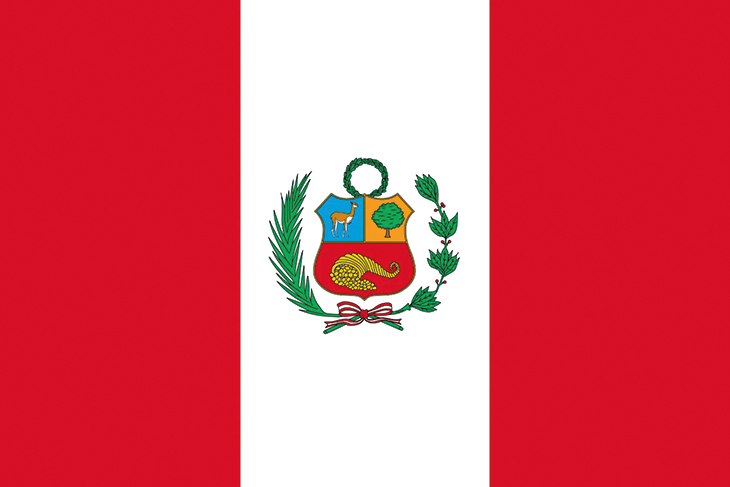
The Peruvian Pisco Sour
The classic. Creamy, balanced and defiant.
– 2 oz Peruvian pisco (La Diablada, acholado style, is my go-to)
– 1 oz fresh lime juice
– ¾ oz simple syrup
– 1 egg white
– 3 dashes Angostura bitters
Dry shake (no ice) everything but the bitters for 10 seconds. Then shake again with ice. Strain into a chilled coupe. Dot the foam with bitters – triangle, always. Sip like you mean it.

The Chilean Pisco Sour
Tangier, louder and a little unbuttoned.
– 2 oz Chilean pisco (try Lapostolle)
– 1 oz fresh lime or lemon juice
– 1 oz simple syrup
– (Optional) ice chips or a cube
Shake hard with ice and strain into a rocks glass. No egg white. No bitters. Add a lime wheel if you must – but only if you’re drinking it outdoors.
Cheers to borders, blur and a drink worth arguing over.
This article was originally published in The Spectator’s September 15, 2025 World edition.



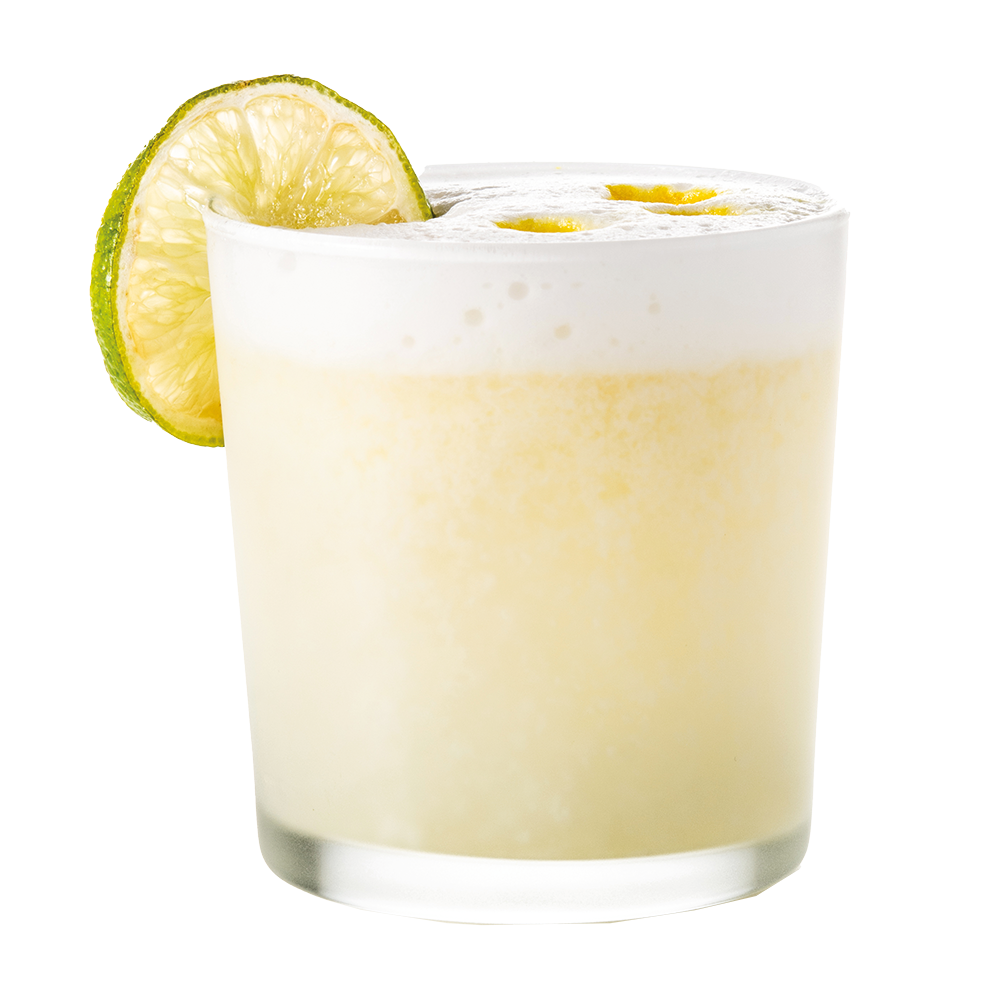






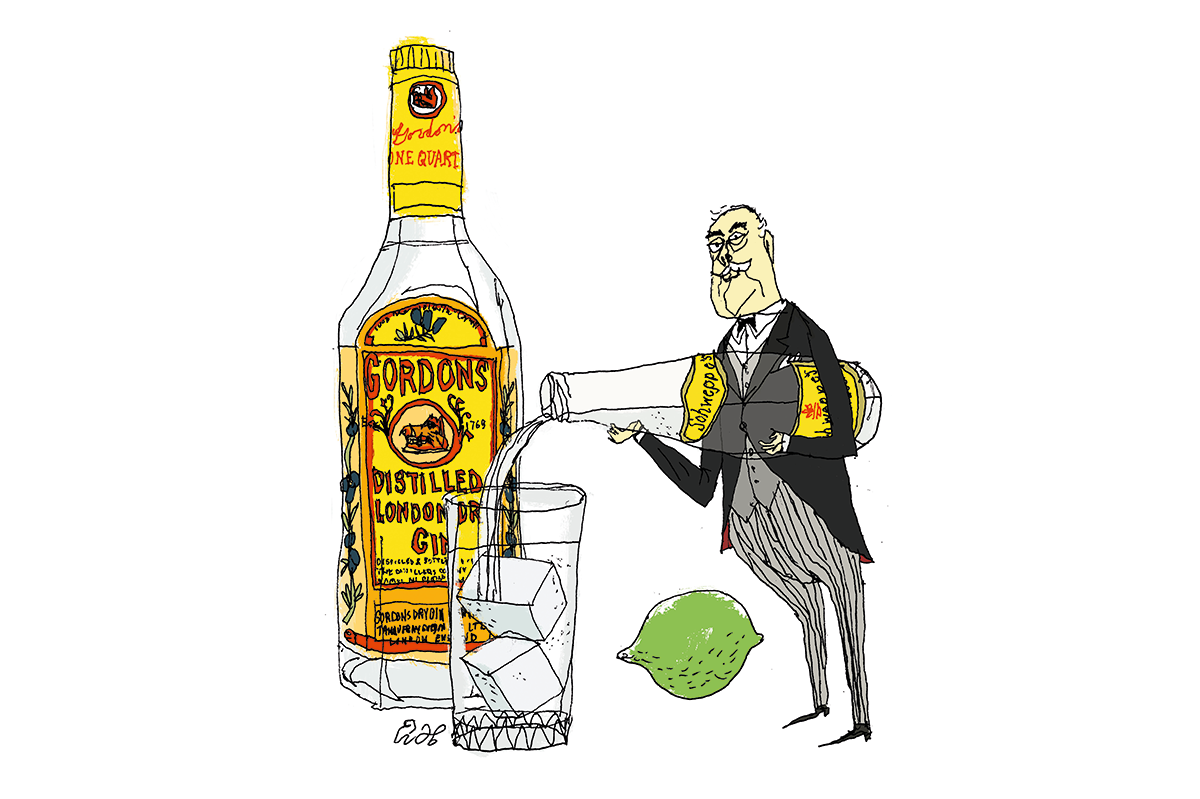
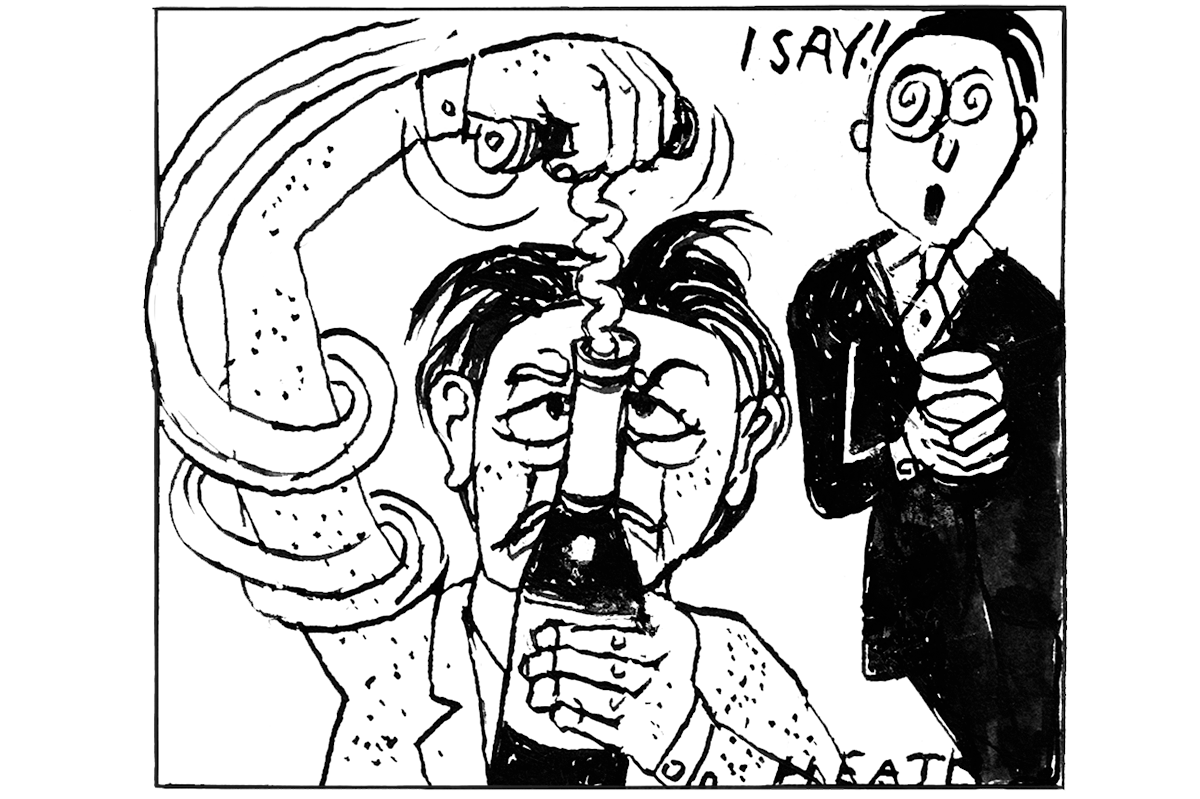
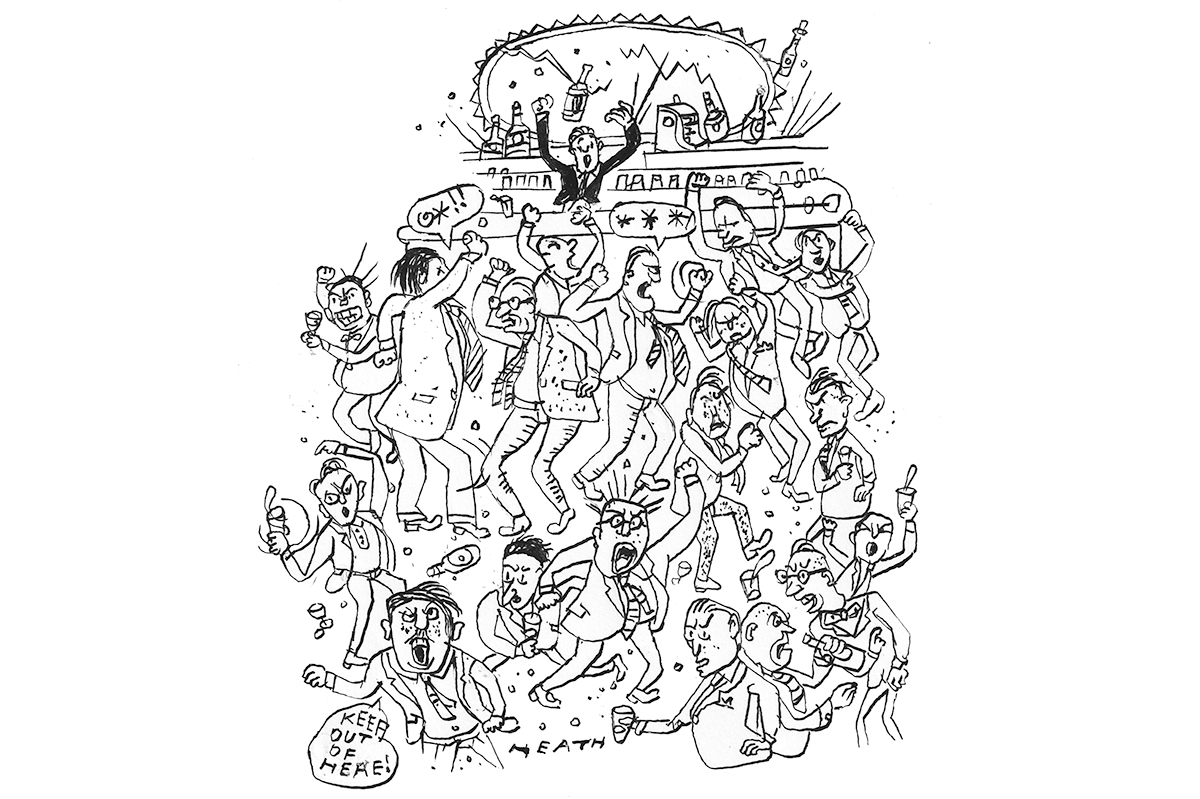
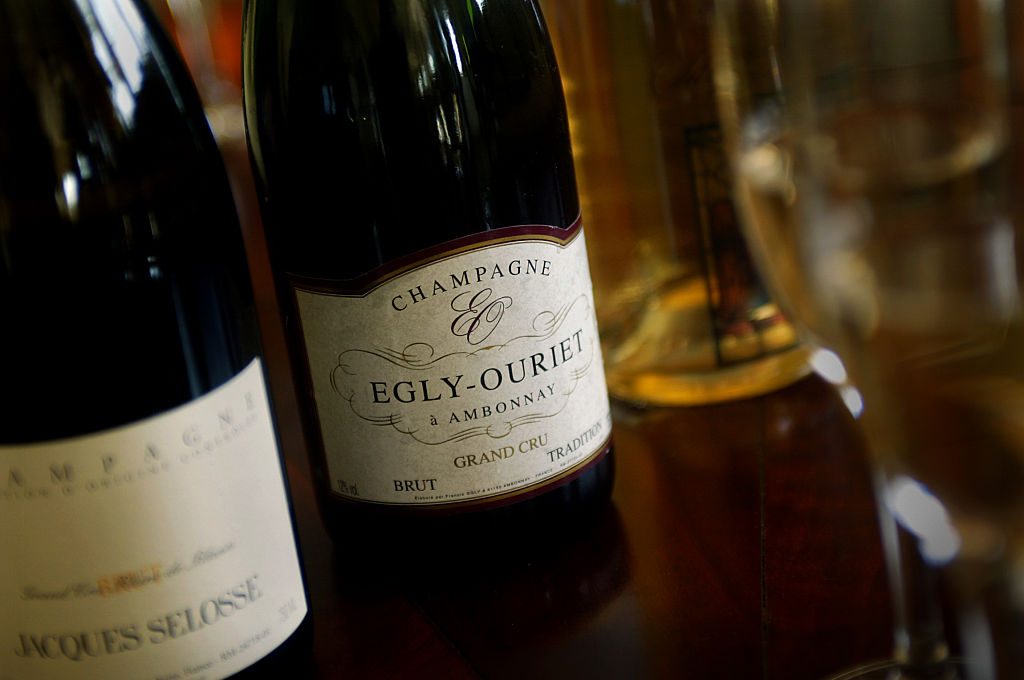
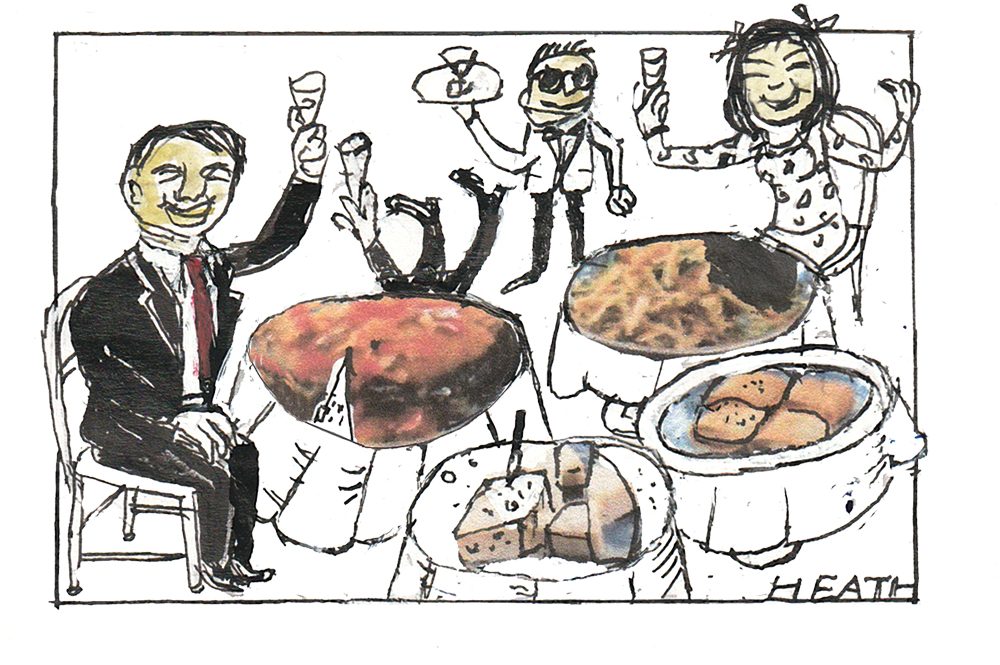








Leave a Reply